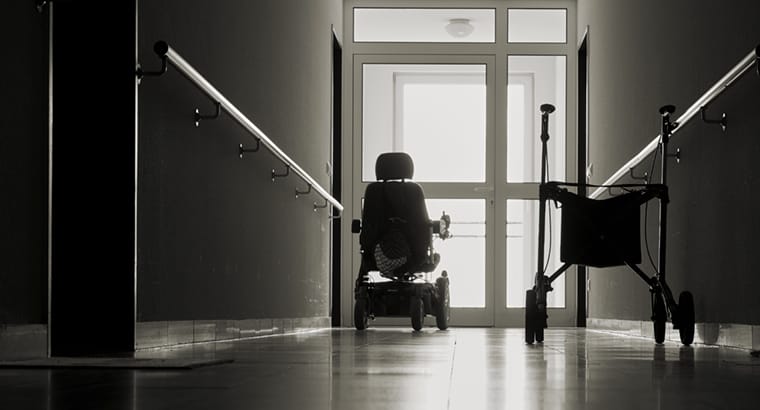Opinion: is it time for Australia to rethink how it staffs its aged care homes?
With few residential care providers meeting the Federal Government’s mandated 40 direct care minute requirement for Registered Nurses – and predictions that the number of Baby Boomers will far outweigh the number of new nurses – do the targets require a fresh discussion?

With few residential care providers meeting the Federal Government’s mandated 40 direct care minute requirement for Registered Nurses – and predictions that the number of Baby Boomers will far outweigh the number of new nurses – do the targets require a fresh discussion? This week, aged care advisory firm Ansell Strategic released its latest quarterly Board Pack. Among its insights is a forecast that the residential care sector will see a continued decline in the number of direct care minutes provided by Registered Nurses as the number of Baby Boomers in care grows. In this issue, we also cover off the increasing number of ‘bed blockers’ in NSW hospitals waiting for an aged care beds – a trend that is being repeated across the country. A key driver is the shortage of available aged care beds, which in turn is attributed to workforce shortages. Talking to providers, some have elected to close aged care beds to avoid compromising on the quality of care. Others are spending up big on agency staff to meet the RN requirements, which is compounding their financial losses. Is there a solution? Recognising the role that skilled ENs can play is an option that the sector has been advocating on. The Ansell Strategic report also points to the split-level classifications used in other countries such as New Zealand and the United States where residential care is divided into high – for the residents with more acute clinical needs – and low care – for those with lower-level support needs. Australia previously had such a system in place until the two were combined in 2014. Creating different RN requirements for sites with a higher proportion of residents with complex needs could be a solution. This shift may happen naturally if the Taskforce recommends the Government take up Plan B. As we report in this week’s edition of SATURDAY, retirement living is likely to be the real winner from the shift to consumer contributions, with many village operators already strategising about expanding into home care, assisted living and even residential-level care. Several fee-for-service village operators such as LDK Seniors’ Living and Omega Communities are already proving that you can successfully deliver care without relying on an RN-led model of care. With just weeks until the Aged Care Taskforce hands over its Final Report, it’s food for thought.





